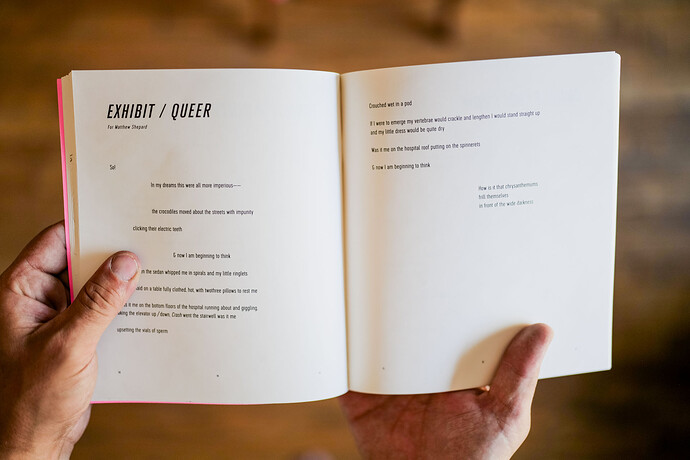I’ve been stocking a forest map with dungeon modules, many of which contain their own villages. In games I’ve run before, typically each village has a nearby dungeon and one to three supernatural problems for the party to engage with (or ignore) and then the characters mosey on down the trail. The difficulty is that many (but not all) fantasy villages are imitations of copies of Hommlet.
I have the notion that the more locations you include in the campaign, the harder it is to get the party to care about them. They become disposable because there’s a comparable village with the same inn, blacksmith, and general store around the next turn in the road. I’ve read in some OSR settings these points of light are intentionally minimal and serve merely as a spot to unload treasure for XP and restock supplies. In this way more villages can be a benefit from a gameplay perspective. However, I prefer my villages as memorable and distinctive places with interesting inhabitants.
Which type of village do you prefer? And are there any trade offs I am not anticipating if I take a single village and make it the focal point of a campaign?




